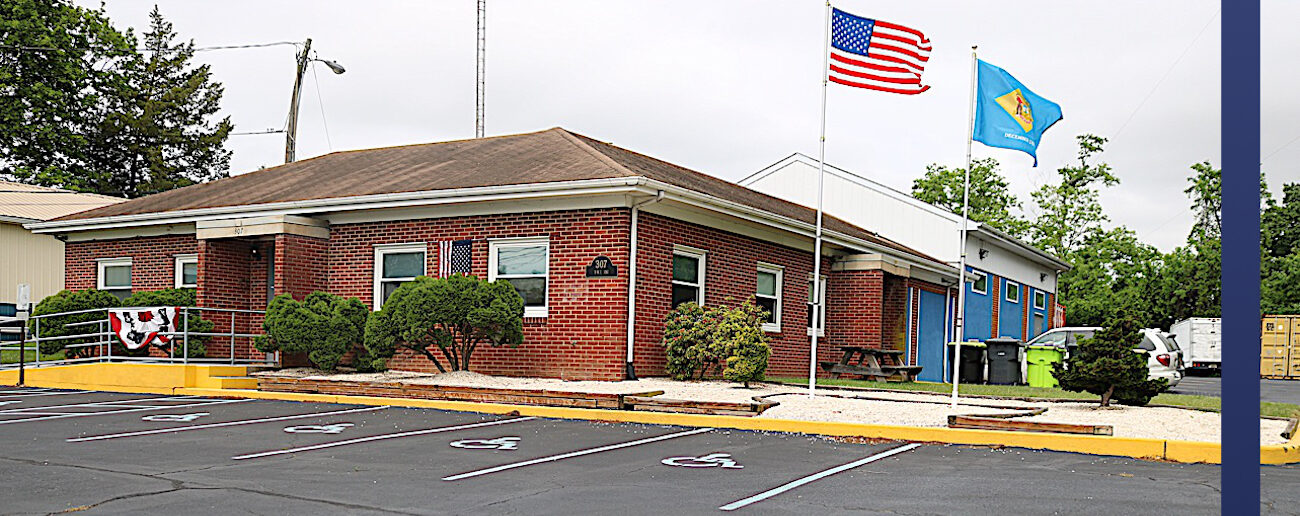By Laurent Martinez
If you hear me say, “Life is an interesting journey, full of surprises,” Federico Restrepo embodies one of those surprises. Not only is his great-grandfather Henri-Paul Nénot, the appointed architect of the Nouvelle Sorbonne in Paris, but he is also related to Paul Landowski, the sculptor of the “Corcovado Christ” in Rio de Janeiro.
Growing up Franco-Colombian in Spain, surrounded by luminaries like Fernando Botero and Gabriel Garcia Marques, he cultivated a rich tapestry of art, design, and creativity.

Originally on the path to becoming a philosopher studying at La Sorbonne, Federico Restrepo quickly realized philosophy wasn’t his life’s calling. While deciding what to do with this life, he was commissioned by his mother’s friend to design a lamp, which subsequently won the top prize at the international light trade show in Paris.

He then started his first agency, Reason Pur, with a friend, and in 1993, he founded L’Ateliers, a company with a focus on design. His design company became very successful in the world of cosmetics, perfume, and luxury.
Notably, he designed the iconic bust-shaped perfume line of Jean-Paul Gautier, as well as designs for perfumer Roger & Gallet.

Pocket Watches
Restrepo’s passion for watches dates back to his childhood, where he scoured the “Los Encantes” flea market in Barcelona for pocket watches and sometimes dabbled in fixing them. His fascination grew, considering these timepieces as living hearts made of metal.
Some of his earliest pieces were watches from Yema, Kelton, and other popular French watch brands. While he loved collecting watches from the 1970s, his dream was to design his own watches and launch an eponymous watch brand.
Due to health issues, Federico Restrepo had to close his company in 2000. During recovery, aboard the Concorde from Paris to New York, he began sketching a watch. From an altitude of 60,000 feet, he discovered that Earth took on an elliptical form (not a sphere), and it became his source of inspiration. 
After designing a few models, he presented his work to Michel Guten, CEO of Cartier, who decided to help Federico start his watch company called Streamline. (He thought Federico’s background, family history, reputation, and designs were ideal for a new watch company). Unfortunately, September 11 happened, and his dream disappeared as fast as it came.

Re-Launch
When Covid erupted in 2020, Federico Restrepo decided to give his watch company a second chance, launching Restrepo watches. From sketching and designing to manufacturing and packaging, Federico is always 100% behind the entire project. 
He always keeps his initial elliptical design in mind, that silhouette that appeared to him aboard the Concorde, whether it’s for the Hasta La Victoria model made in honor of the legend of Simón Bolívar or the Caballero sin Armas series or the Mach 1 chronographs.
 Restrepo watches have interchangeable strap systems, which means you can easily switch between rubber straps and stainless steel bracelets. The watches’ pushers at 12 o’clock are reminiscent of the Seiko Bullheads from the 1970s.
Restrepo watches have interchangeable strap systems, which means you can easily switch between rubber straps and stainless steel bracelets. The watches’ pushers at 12 o’clock are reminiscent of the Seiko Bullheads from the 1970s. 
Powering the watches are automatic ETA 7750 movements. There are several limited edition pieces with complications like GMTs, power reserve indications, or chronographs.
Most Restrepo watches are made of stainless steel, but there are a few pieces made in gold too. The packaging is well-designed and attention to detail is a top priority; I could clearly see Federico’s background as one of the world’s top perfume packaging designers shine through.
 I really believe that creativity is lacking in today’s watch landscape; too many brands rely on bringing back old designs rather than trying to create new ones. For this reason, I’d like to give Federico credit for having designed something from an idea; something from scratch that’s unique and special.
I really believe that creativity is lacking in today’s watch landscape; too many brands rely on bringing back old designs rather than trying to create new ones. For this reason, I’d like to give Federico credit for having designed something from an idea; something from scratch that’s unique and special.
Of course, people may or may not like the design but it’s important that it exists; and this is what I like about it. So, I encourage you to take the time to discover these watches. What’s more, the $2,000 price point makes it affordable for a luxury watch. Restrepo watches are a thoughtful homage to beauty, originality, and space, right on your wrist.
Laurent Martinez is the proprietor of Laurent Fine Watches, Greenwich, Connecticut. Read more by him at blog.laurentfinewatches.com, or visit his site at www.laurentfinewatches.com.










 Taking a macro view, activity in the watch industry noticeably slowed down in 2023; yet the industry remains strong, especially for specific players.
Taking a macro view, activity in the watch industry noticeably slowed down in 2023; yet the industry remains strong, especially for specific players. Now, following the Crypto collapse, over-saturation of sellers, buyer fatigue, general inflation and market uncertainty, the show is over –
Now, following the Crypto collapse, over-saturation of sellers, buyer fatigue, general inflation and market uncertainty, the show is over – While there is nothing inherently wrong with investing in watches, the main objective should always be to acquire a piece because you love it. For speculators who were only talking about watches in terms of model numbers and money, these are tough times.
While there is nothing inherently wrong with investing in watches, the main objective should always be to acquire a piece because you love it. For speculators who were only talking about watches in terms of model numbers and money, these are tough times.



 When it comes to e-commerce, online watch retailers such as WatchBox, which operate with low margins but high volumes, may have to rethink their business models. Even though it’s estimated that online watch sales will make up about 60% of total sales by 2026, the space is becoming saturated with countless platforms selling watches.
When it comes to e-commerce, online watch retailers such as WatchBox, which operate with low margins but high volumes, may have to rethink their business models. Even though it’s estimated that online watch sales will make up about 60% of total sales by 2026, the space is becoming saturated with countless platforms selling watches.























